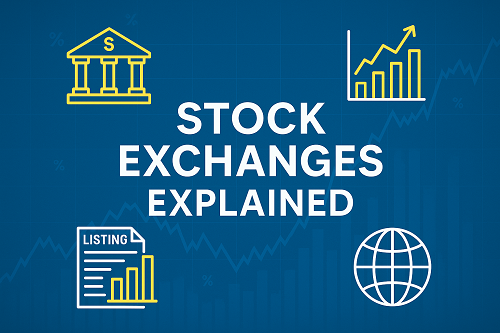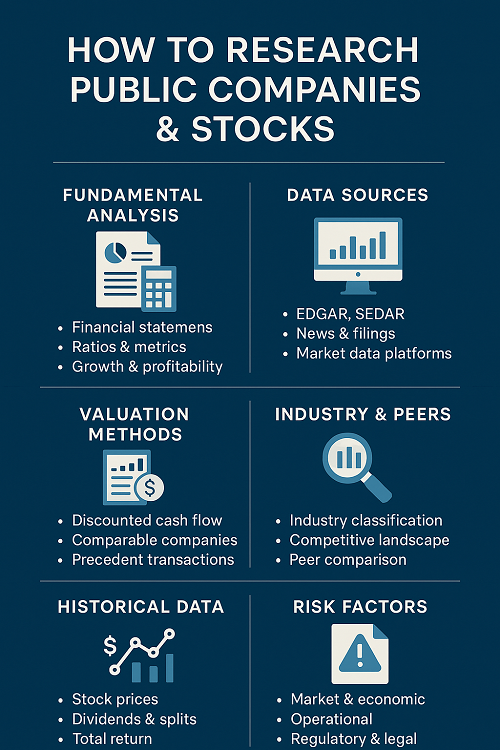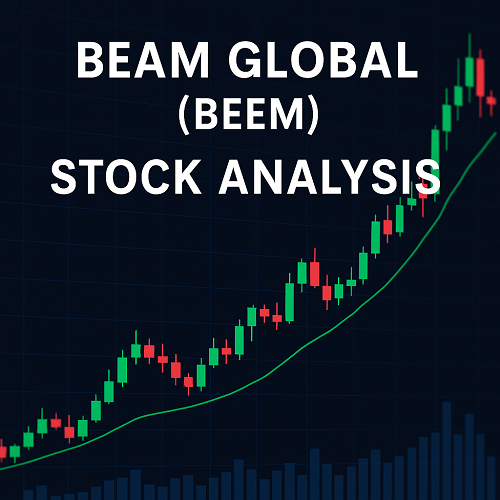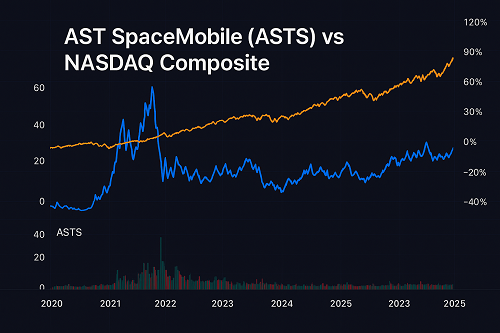A stock exchange (also called a securities exchange or bourse) is an organized marketplace where securities—stocks, bonds, derivatives, ETFs, etc.—are bought and sold among investors.
To trade on a given exchange, a security must typically be listed, i.e. accepted by the exchange’s listing rules.
Historically, exchanges featured physical trading floors with open outcry, but modern markets rely heavily (or exclusively) on electronic systems and centralized matching engines.
Beyond trading, exchanges often play roles in issuance/redemption, corporate actions (dividends, splits), and maintaining record-keeping structures.
How Stock Exchanges Operate
To understand the heart of exchanges, one must look into their microstructure: how orders are matched, how liquidity is provided, and how different market participants interact.
Primary vs Secondary Markets
- Primary Market: When a company issues new securities (e.g. via an IPO or follow-on offering), those are sold to investors, with proceeds flowing to the issuer.
- Secondary Market: After issuance, securities are traded among investors. Exchanges facilitate this kind of liquidity and price discovery.
An effective exchange supports both issuance and ongoing trading functions.
Order Types & Matching Mechanisms
Common Order Types
- Market Order: Execute immediately at the best available price
- Limit Order: Execute at a specified price or better
- Stop Order / Stop-Limit: Triggered when price reaches a threshold
- Iceberg Order: Large orders broken into smaller visible parts
- Fill-or-Kill, Immediate-or-Cancel, All-or-None: Constraints on execution behavior
Matching Engines & Order Books
Modern exchanges use high-performance matching engines. They accept orders, queue them in an order book (sorted by price & time priority, or other priority schemes), and match buys and sells when compatible. Some exchanges also use pro rata or hybrid rules.
Matching algorithms must handle very high throughput, low latency, and be resilient to overloads.
2.3 Market Makers, Liquidity & High Frequency Trading (HFT)
- Market Makers / Designated Liquidity Providers commit to quoting continuous bid and ask prices, absorbing inventory risk in exchange for the spread.
- High-Frequency Traders (HFTs) often act as de facto liquidity providers, executing numerous small trades at micro-price advantages.
- Exchanges frequently provide incentives or rebates for liquidity provision (maker/taker fee schedules).
These roles are vital to ensuring tight spreads and deep order books.
Roles & Economic Importance
Stock exchanges are not just trading venues—they have broad significance:
- Capital Formation: Companies can raise money by issuing shares or bonds.
- Liquidity for Investors: Enables shareholders to convert holdings into cash.
- Price Discovery: Continuous trading helps market determine fair value.
- Corporate Governance: Listed companies must meet disclosure, audit, board, and governance standards.
- Economic Barometer: Indices derived from listed securities often reflect macroeconomic sentiment.
- M&A, Rebalancing & Corporate Restructuring: Exchanges facilitate share trading in reorganizations, spin-offs, etc.
By embedding listing standards, transparency, and regulatory oversight, stock exchanges help maintain investor confidence and market stability.
Major Stock Exchanges Around the World
Here are some of the most significant stock exchanges globally, with key facts and characteristics.
| Exchange | Country / Region | Approx. Market Cap / Facts | Notable Traits |
|---|---|---|---|
| New York Stock Exchange (NYSE) | USA | > US$28 trillion (2024) | Largest by market cap; continuous auction format; part of Intercontinental Exchange |
| Nasdaq | USA | Tech-heavy listings; dual structure | Known for innovation, high growth / tech firms |
| London Stock Exchange (LSE) | UK / Europe | US$3.42 trillion (2024) | Deep history, global listings, cross-border footprint |
| Shanghai Stock Exchange | China | One of China’s top exchanges | Large domestic market, regulatory oversight |
| Bombay Stock Exchange (BSE) | India | More than 5,600 listed companies | One of Asia’s oldest, large breadth in listed firms |
| Frankfurt Stock Exchange | Germany | ~ US$2.37 trillion (2023) | Operates Xetra & Börse platforms |
| Toronto Stock Exchange (TSX) | Canada | CAD $4+ trillion market cap | Campuses across equity & resource sectors |
| Canadian Securities Exchange (CSE) | Canada | Focus on small / growth companies | Low cost, efficient listing structure |
| Cboe Canada (formerly NEO) | Canada | ~260 listings | Growing ETF / CDR listings share |
(This list is not exhaustive — many regional and niche exchanges operate globally.)
By showing multi-regional examples, we emphasize diversity in listing models, regulation, and specialization.
Listing & Delisting: Criteria, Process, Risks
Listing Criteria & Requirements
To list on an exchange, issuers must typically satisfy:
- Minimum market cap or equity base
- Minimum revenues or profitability over prior years
- Public float requirement (minimum percentage of shares held by public)
- Minimum number of shareholders
- Audited financial statements covering N years
- Corporate governance standards (board composition, committees, disclosures)
- Working capital sufficiency
- Share price minimum thresholds
These vary across exchanges and tiers (main board, small cap, growth board, etc.)
Listing Process Overview
- Pre-due diligence, structuring, and selection of underwriters
- Preparing registration documents, prospectus, regulatory filings
- Application to the exchange, evaluation by listing committee
- Pricing and allocation, roadshows
- Listing day and market debut
- Post-listing reporting, compliance, and periodic disclosures
Delisting: Voluntary & Involuntary
- Voluntary Delisting: Sometimes firms choose to go private, move to another exchange, or delist due to low costs.
- Involuntary Delisting: Occurs when a company fails to meet ongoing obligations (e.g. minimum share price, filings, governance, financial performance).
Delisting can damage a firm’s reputation, harm investors, and reduce liquidity. Some exchanges maintain junior boards or over-the-counter alternatives for delisted names.
Governance, Ownership & Legal Structure
Mutual vs Demutualized Exchanges
Historically, exchanges were mutual organizations owned by their member brokers. Over time, many have demutualized into for-profit or non-profit corporate entities.
Examples: NYSE, LSE, TSX, BSE have transformed their ownership structures to handle capital needs and expansion.
State-Owned & Hybrid Models
In some jurisdictions, stock exchanges may have partial or full government ownership. In certain emerging markets, the securities regulator may exert more direct oversight or even control over exchange governance.
Governance Mechanisms & Conflicts of Interest
Exchanges adopt internal structures to preserve integrity:
- Board of Directors, with independent and stakeholder representation
- Audit, Risk, Governance Committees
- Listing Councils / Review Boards
- Rulebooks, code of conduct, trading rules, penalties, and clear conflict-of-interest policies
Robust governance helps in maintaining credibility, especially when the exchange also competes for listings.
Regulation, Oversight & Market Integrity
Regulation is essential for investor protection, fairness, stability, and trust.
Securities Regulators & Exchange Oversight
Every country typically has a securities commission / regulatory authority (e.g. SEC in the U.S., SEBI in India, FCA in UK) that defines rules, enforces disclosures, and ensures compliance.
Exchanges often act as self-regulatory organizations (SROs) under oversight, with responsibility for policing listing standards, trading rules, and surveillance.
Mechanisms to Ensure Market Integrity
- Surveillance systems to detect insider trading, manipulation, spoofing
- Circuit breakers / trading halts / limit moves to manage extreme volatility
- Short-selling restrictions / uptick rules
- Order throttling, quota rules, limits on order-to-trade ratios
- Audit trails and time stamping, to ensure traceability and accountability
Such tools reduce market abuse risks, especially in high-speed environments.
Cross-Border Issues & Harmonization
In a global capital environment:
- Cross-listings & dual listings complicate jurisdictional oversight
- Regulatory arbitrage may arise when issuers choose lighter regulatory regimes
- Exchanges, regulators, and central depositories often cooperate in information sharing
- Clearing and settlement alignment across borders is a challenge
Global custody, transaction reporting, and anti-money laundering (AML) rules must coexist with local laws.
Key Metrics & Performance Indicators
To evaluate exchanges, investors, issuers, and regulators track key metrics:
- Total market capitalization of listed securities
- Trading volume / turnover (annual, daily average)
- Liquidity metrics — bid-ask spreads, order book depth
- Number of listed companies / listing turnover (entries & delistings)
- Average daily turnover per security
- Latency / system performance / uptime
- Revenue breakdown — listing fees, transaction / clearing fees, data licensing
- Volatility & volatility indices (if exchange offers derivatives)
- Index performance / benchmark indices
- Market concentration / share by exchange groups
Tracking these helps compare exchanges, spot growth, or diagnose weaknesses.
Challenges, Disruptions & Risks
Even mature exchanges encounter evolving pressures. Below are major risks and disruptive forces.
Market Concentration & Competitive Pressures
A few exchange groups dominate globally (ICE, Nasdaq, LSEG, etc.). This concentration raises concerns around pricing power, fairness in access, and regulatory scrutiny.
Latency, Infrastructure Costs & Technological Arms Races
As trading speed becomes a competitive differentiator, exchanges face increasing costs to maintain ultra-low latency, co-location facilities, fiber networks, and hardware upgrades—creating barriers for new entrants.
Fragmentation & Off-Exchange Trading
Liquidity is spread across lit exchanges, alternative trading systems (ATS), dark pools, and internalizers. Fragmentation can erode price discovery and widen effective spreads.
Cybersecurity, Operational Risk & Resilience
Exchanges are critical infrastructure and must manage:
- Cyberattacks (DDoS, hacking of matching engines or data feeds)
- Outages and system failures
- Data integrity and confidentiality
- Disaster recovery and redundancy
Historical blackouts and trading system failures highlight how fragile the architecture can be.
Regulatory & Geopolitical Risk
- Policy changes, sanctions, capital controls
- Differences in cross-border rules or enforcement
- Regulatory arbitrage or discord
- Legal challenges, political pressure in countries
Disintermediation via Blockchain / DeFi
Innovations such as security tokenization, decentralized exchanges, and smart contract–based trading may reduce reliance on traditional exchanges (discussed in the next section).
The Future: Tokenization, DEX, Hybrid Models
To outrank existing content, we must look at how stock exchanges may evolve or be redefined by emerging tech.
Tokenization of Securities & Security Tokens
Blockchain can represent shares, bonds, or other securities as security tokens, which can:
- Be fractionalized (lower minimums)
- Enable 24/7 trading
- Include programmable features (dividends, governance)
This could blur lines between issuance and trading, and reduce reliance on traditional exchange infrastructure.
Decentralized Exchanges (DEX) & Automated Market Makers (AMMs)
In crypto markets, DEXs (e.g. Uniswap, SushiSwap) use liquidity pools and smart contracts rather than order books. As security tokens adopt similar models, exchanges might shift toward:
- Permissioned DEXs (with KYC/AML)
- Hybrid order book / pool models
- Interoperable cross-chain trading
However, challenges remain: regulatory compliance, custody, scalability, price discovery, and user experience.
Hybrid / Bridge Platforms
Some projects envision hybrid exchange models: central entity controlling compliance, settlement, and oversight but exposing decentralized execution or clearing modules.
Institutions, regulators, and incumbents are exploring Digital Securities Platforms (DSPs) and central bank digital currency (CBDC) integration which could unify fiat, securities, and settlement layers.
AI, Predictive Analytics & Smart Order Routing
In the future, exchanges may embed AI-driven order routing, liquidity prediction, dynamic pricing, and smarter surveillance systems.
Moreover, more intelligence may shift to smart order routers on the investor/trader side, optimizing execution across venues.
How Investors & Traders Leverage Exchanges
To add practical value, here’s how participants can apply knowledge of exchanges.
Choosing Where to Trade or Invest
- For equities cross-listed across exchanges, compare liquidity, spreads, hours, regulatory regime
- Understand settlement cycles (T+1, T+2, etc.) and currency risks
- Use exchange-traded instruments (ETFs, derivatives) based on venue strengths
Order Strategy & Cost Efficiency
- Favor limit orders when markets are thin
- Be mindful of hidden costs (data fees, clearing, access, latency)
- Use execution algorithms (TWAP, VWAP) for large orders
- Split large trades across venues to reduce market impact
Risk Controls & Safeguards
- Use stop-loss / limit orders
- Monitor circuit breaker rules
- Avoid concentrated exposure in illiquid names
- Keep aware of rule changes, market structure shifts
Monitoring Exchange Trends & Metrics
- Watch for listing booms, volume trends
- Track average spread, turnover, latency
- Note shifts in exchange fee structure or incentive changes
- Stay tuned to regulatory changes, technology upgrades, tokenization efforts
Conclusion & Key Takeaways
- Stock exchanges are central to capital markets, enabling issuance, trading, and liquidity of securities.
- Their technical infrastructure, order matching rules, participants, and liquidity mechanisms define market efficiency.
- Listing requirements and regulatory oversight ensure baseline quality, but exchanges evolve structurally over time.
- Today, exchanges face pressure from fragmentation, latency competition, cybersecurity, and emerging technologies.
- The future may see a merge between traditional exchange models and decentralized, blockchain-based platforms, especially as tokenization advances.
- For investors and traders, understanding exchange microstructure, costs, and strategic venue choices can materially affect returns.





 XAUT-USD
XAUT-USD  AMD
AMD  MARA
MARA  SHOP
SHOP  BULL
BULL  CL=F
CL=F